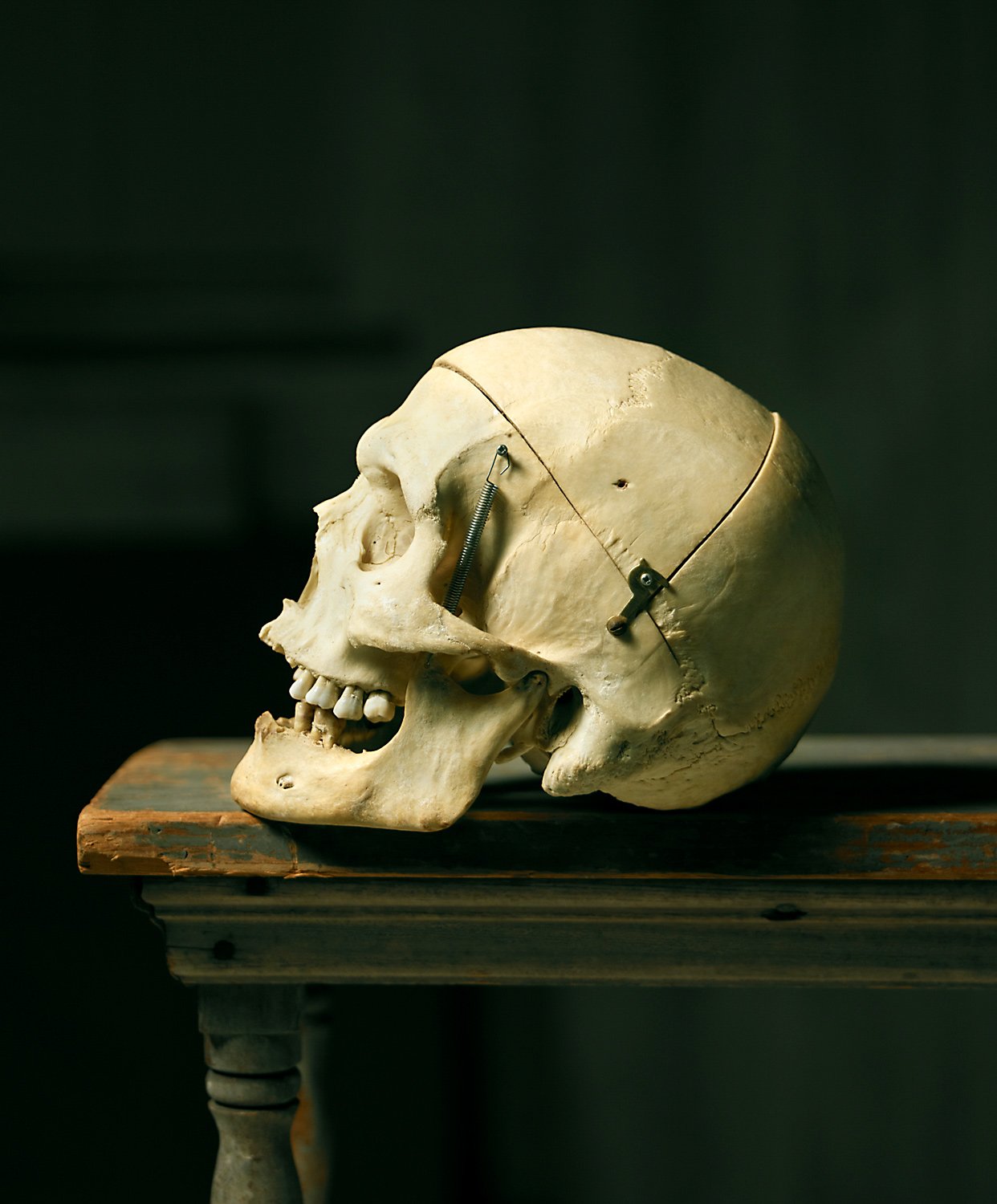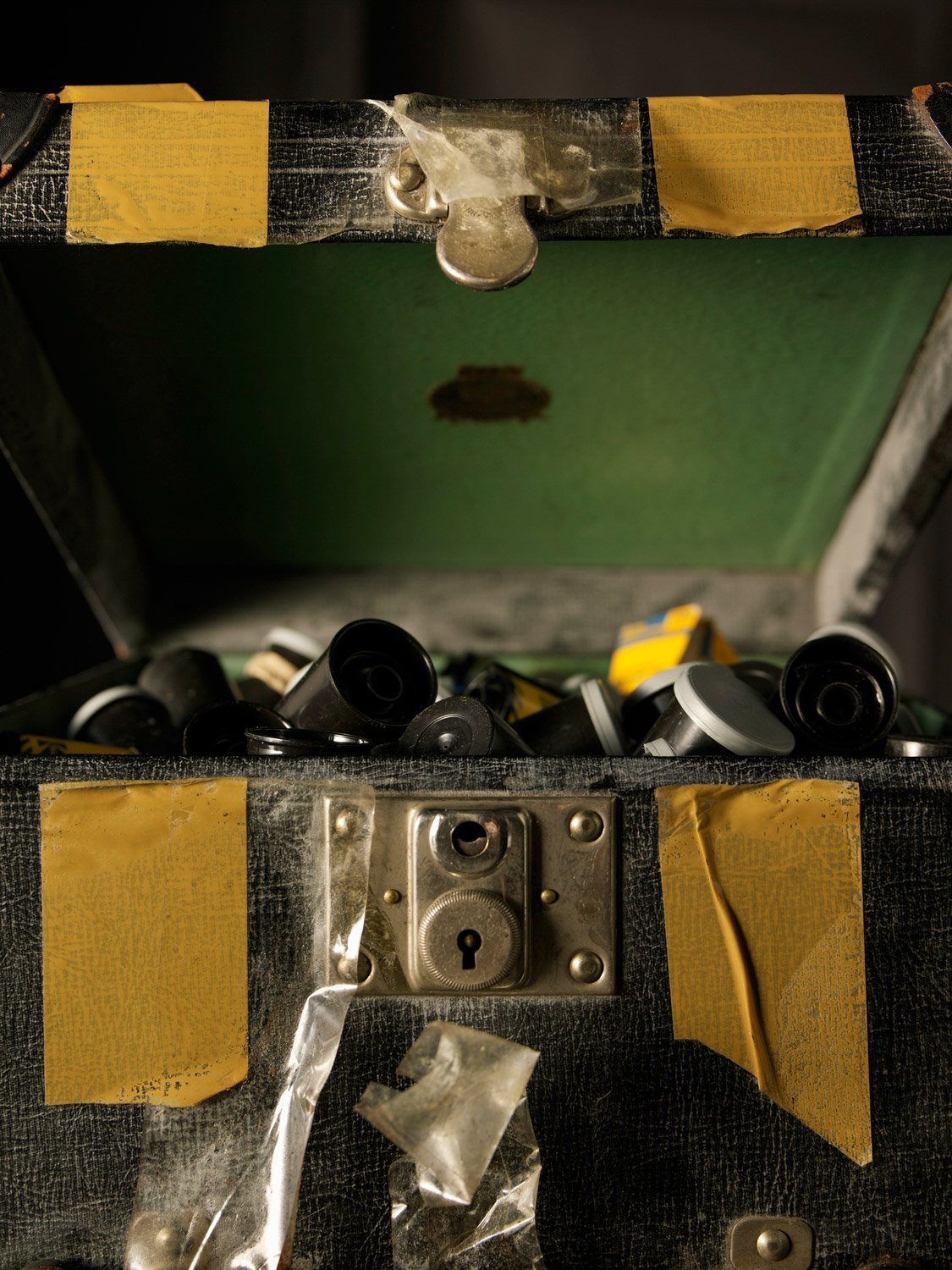HENRY DARGER
Henry Joseph Darger, Jr. (1892 – 1973) was a reclusive American artist who worked as a custodian in Chicago, Illinois. When Darger died in 1972, he left behind a tale in twelve massive volumes composed of 19,000 pages of legal sized paper entitled The Story of the Vivian Girls, in what is Known as the Realms of the Unreal, of the Glandeco-Angelinian War Storm, Caused by the Child Slave Rebellion. Darger’s work has become one of the most celebrated examples of outsider art.
Alone in his room, unknown to those around him, Darger had created a fantasy world and gave tangible, visible form to an epic story of legions of pre-pubescent girls, with paper doll faces and unexpected male organs. The Vivian Girls battle for their lives against monstrous foes that seek to torture, kill or exploit them.
In 2000, The Intuit Gallery of Chicago took possession of the contents of Darger’s one-room living space. The Collection includes hundreds of objects (shoes, eyeglasses, balls of string, etc.). The contrast between the intimate scale of the room and the staggering volume of drawings, illustrations, writings, and collections, conveys vital information about Darger’s existence and the work he created. Architectural elements, fixtures, and furnishings from Darger’s original room have been permanently installed at the Gallery.
Henry Darger was a prolific and reclusive artist and writer; and despite his astonishing output, only three photographs of the man are known to exist.
HUNTER S.THOMPSON
Hunter Stockton Thompson (July 18, 1937 – February 20, 2005) was an American journalist and author, known as the founder of the gonzo journalism movement. He first rose to prominence with the publication of Hell's Angels (1967), a book for which he spent a year living and riding with the Hells Angels motorcycle gang to write a first-hand account of the lives and experiences of its members.
Thompson remains best known for Fear and Loathing in Las Vegas (1971), a book first serialized in Rolling Stone in which he grapples with the implications of what he considered the failure of the 1960s counterculture movement.
Thompson, a known as a gun fetishist, committed suicide by gunshot at the age of 67, following a series of health problems. In accordance with his wishes, his ashes were fired out of a cannon in a ceremony funded by his friend Johnny Depp and attended by friends including then-Senator John Kerry and Jack Nicholson.
ABOUT DEL CLOSE
Del Close (1934-1999) is considered one of the premier influences on modern improvisational theater. An actor, improviser, writer, and teacher. Close had a prolific career, appearing in a number of films and television shows. He was a co-author of the book Truth in Comedy along with his partner Charna Halpern. The book outlines techniques now common to long-form improvisational theater and describes the overall structure of “Harold” which remains a common frame for longer improvisational scenes. His favorite framework for comedic storytelling was the structures of Wagner’s Ring Cycle.
Legend has it that Close’s last words were: “I’m tired of being the funniest person in the room.”
Before passing away, Close requested that his skull be donated to the Goodman Theatre for use in Hamlet productions, on the condition that he should receive credit in the program as Yorick.
“What we do is too enchanting to be quantified.” – Del Close
ABOUT VIVIAN MAIER
Vivian Maier (1926–2009) was a French-born American amateur street photographer working for over forty years as a nanny in the suburbs of Chicago, Illinois. Taking snapshots into the late 1990s, Maier left behind a body of work comprising over 100,000 negatives primarily of people and Chicago cityscapes.
Maier worked as a nanny for three boys she raised like a mother. Her former charges, all now adults recounted with great affection how she’d take them on outings to the city, always carrying her Rolleiflex. She was constantly taking pictures, which she didn’t share with anyone. When the children entered adulthood in the early seventies, it ended Maier’s employment from that first Chicago family, and forced her to abandon developing her own film. As she would move from family to family, her rolls of undeveloped, unprinted work began to accumulate.
She was remembered as a socialist, a feminist, a movie critic, and a tell-it-like-it-is type of person. She learned English by going to theaters, which she loved. She wore men’s jackets, men’s shoes and a large hat most of the time.
Her photographs remained unknown and mostly undeveloped, until their discovery at a local auction in 2007 by Chicago historian and collector, John Maloof. Through his efforts, her body of work is being archived and cataloged for future generations. Her work has begun to receive critical acclaim. Her photographs have been exhibited and written about in newspapers in the US, England, Germany, Denmark, and Norway. A book of her photography titled Vivian Maier: Street Photographer was published in 2011.
Now, with roughly 90% of her archive reconstructed, Vivian’s work is part of a renaissance in interest in the art of Street Photography.
Sydney (Shimmy) Baum…..
was a poet and a scholar. His passion was for words. His poems were written boldly in capital letters. He never used punctuation, because the Torah has none - only words. Over thirty years ago he began a Torah study class at his synagogue, which continues today without him. His wife called him “The Mezuzah” because of the kisses from all the ladies who greeted him as he entered his classroom. When his eyes began to fail as a result of macular degeneration, he struggled to continue pursuing his love of words.
He fashioned these binoculars to help him read.





